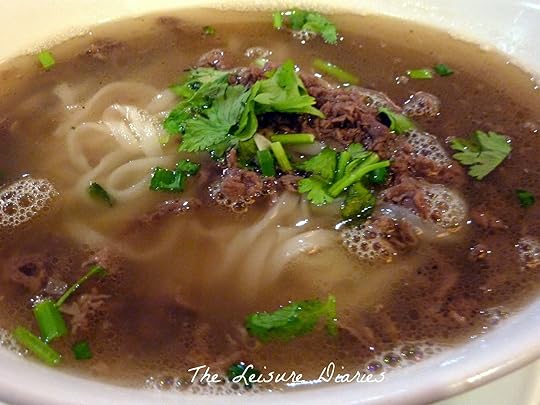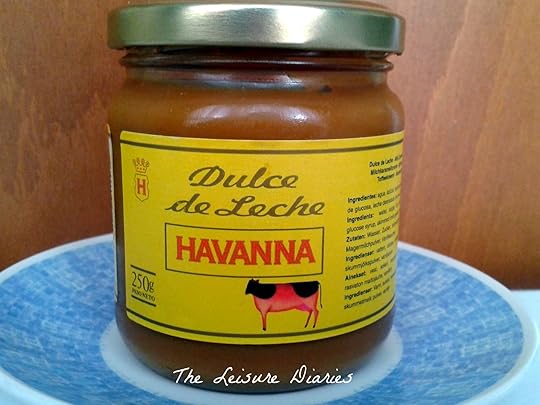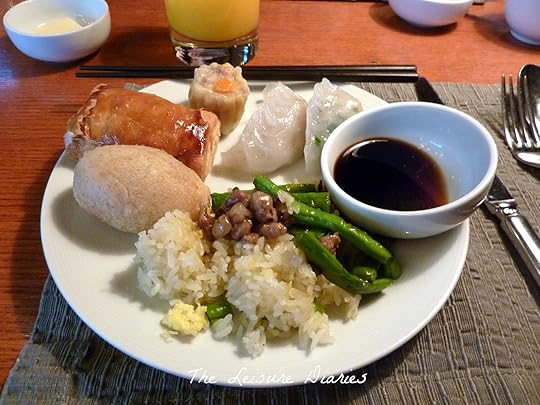What do you think?
Rate this book


464 pages, Paperback
First published March 6, 2014







The book wasn't really what I expected. It's more of separate informational pieces than anything else. This isn't a bad thing, and I actually learned a lot while reading it. I also got a few ideas for what to do with my CSA vegetables this year, which coincidentally begin on May 26, this book's official release date.
In general, I find it really hard to review nonfiction. What do you say? I guess the main thing that I noticed was that the facts were all there, but everything felt a little haphazard.
There wasn't really any flow between one region and the next, and I couldn't figure out the rationale for the recipes chosen. They're not the most famous or the most popular. Perhaps they're just the author's favorites?
The selection of recipes left a lot to be desired. Take Peru, for example. Ceviche I get, it's a classically Peruvian, very well-known dish. But Peruvian rice? Really? I'd have preferred to see something like lomo saltado, ají de gallina, or even chicha morada! In the section on Ethiopa, injera is mentioned several times, and the author even goes on to suggest where you might find a recipe, but for some reason didn't see fit to include it in her book. She did, however, feel the need to include the Korean soondae (blood sausage encased in pig intestine) only to turn her nose up at it.
I also felt that some of the sections dragged as the descriptions of regional variations became tedious and monotonous. Some chapters come across as almost a little pretentious, as if the author feels that she needs to prove that she knows everything there is to know about Moroccan or Japanese or Thai food. Her (multiple) soliloquies on curry felt a little over-the-top as well. In addition, something was wrong with both versions of this book that I received -- the Kindle copy was garbled almost beyond understanding starting around 80%, and the PDF I received crashed at Africa and refused to keep going. I hope that the final version for sale doesn't have these problems, but it caused me to skim the majority of the last 20%.
Of course, there was some good. There are several recipes I would love to try, provided that my advance copy doesn't expire too quickly. I did also enjoy the realization that cuisine around the world isn't too different. Sure, the proteins might be different, and a spice or two may have changed, but the building blocks are very similar.
Final rating: a low three stars
Thanks to Netgalley and the publisher for the free copy! This book will be released on May 26, 2015.
[see all my reviews at the bibliophagist]